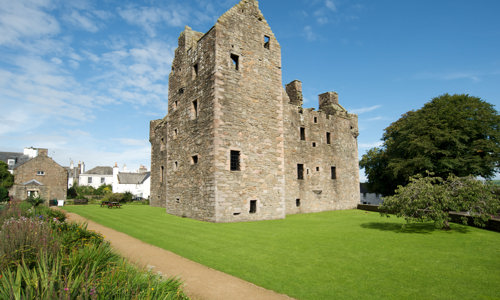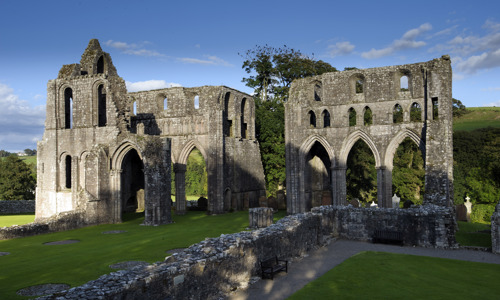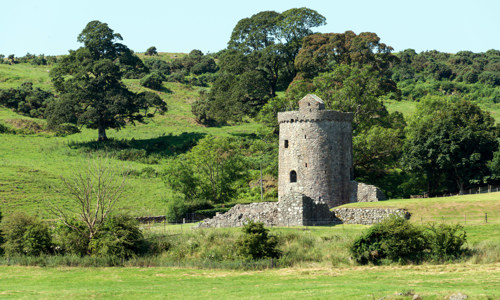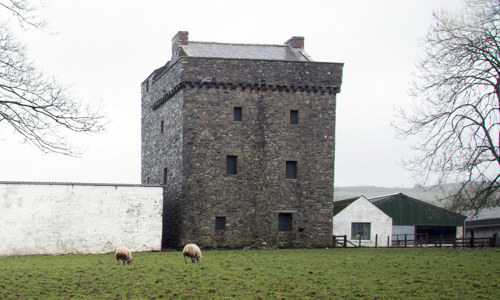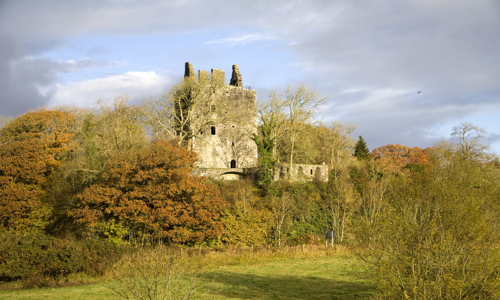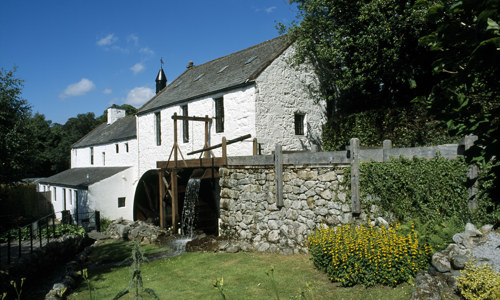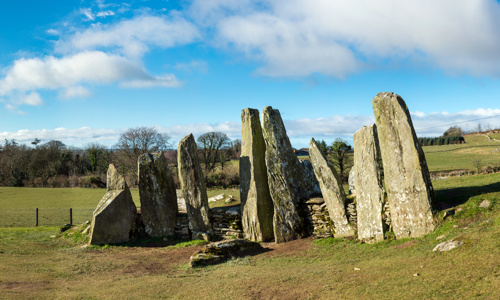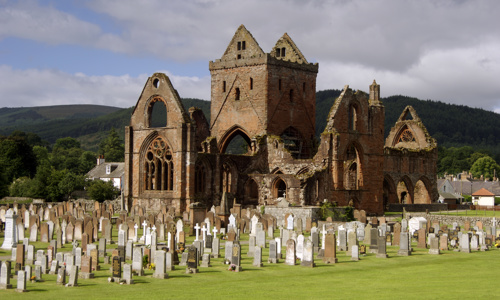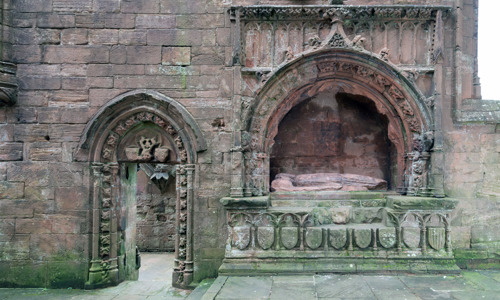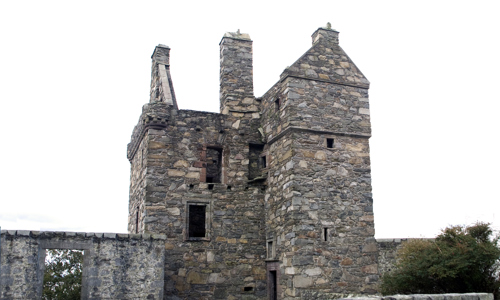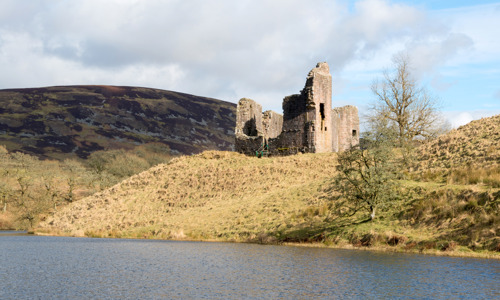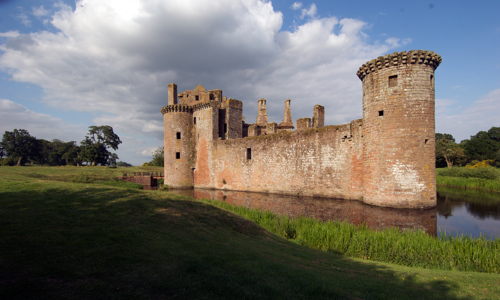History
It’s said that Threave Island was the home of the ancient rulers of Galloway 1,000 years ago. Today there is no trace of their fortress.
Sir Archibald Douglas built the tall, forbidding tower that now dominates the island in 1369. He had recently become Lord of Galloway, but is better known as Archibald the Grim. By the time he died at Threave in 1400, he had become the 3rd Earl of Douglas, and was one of the most powerful magnates in southern Scotland.
When James II took steps to overthrow the Black Douglases half a century later, Threave staged the final act in the drama. After a two-month siege, the island fortress reverted to the Crown and from then on played a relatively minor part in Scotland’s history.
House of Black Douglas
Archibald Douglas was one of the great figures in Scotland in the later 1300s. His father, the Good Sir James Douglas, had been Robert the Bruce’s close ally during the Wars of Independence.
Carrying on where his father left off, Archibald fought the English and eventually forced them out of Lochmaben Castle, their last remaining conquest in the Scottish West March. His terrifying appearance in battle led the English to name him Archibald the Grim.
It was David II, Robert I’s son, who gave Archibald the Lordship of Galloway. His role was to tackle another enemy, the men of Galloway – the Gallovidians – who had long been a menace to Scotland’s kings. By the time of his death in 1400, Archibald had pacified not only the English but also the Gallovidians.
Forbidding tower
Archibald’s castle was a tower house almost 30m tall – one of the first of its type built in Scotland – surrounded by a large complex of other buildings.
The tower house:
- was five storeys high
- had storage and service space on its lower floors
- housed Archibald’s private suite of rooms above
- had walls 3m thick, with only small windows facing the island
- had formidable battlements – an overhanging timber hoarding let the garrison keep attackers at bay
The other buildings can’t now be seen above ground, but substantial remains of them were found during archaeological excavations in the 1970s. They included an outer hall where Archibald held court, additional living quarters for the household staff and a harbour.
Downfall of the Douglases
By 1450, the Black Douglases had become so powerful that James II wanted the family removed. The 8th Earl of Douglas took measures to defend himself, knocking down all of Threave’s ancillary buildings to make way for a purpose-built artillery wall.
This ‘state-of-the-art’ defence still survives. It kept James II’s forces at bay during the siege of 1455: the garrison surrendered only after being bribed by the king.


